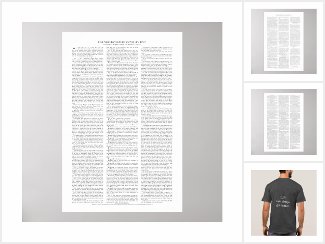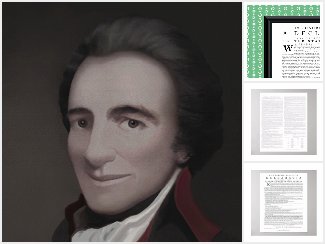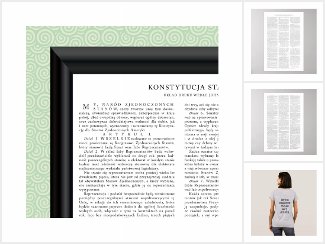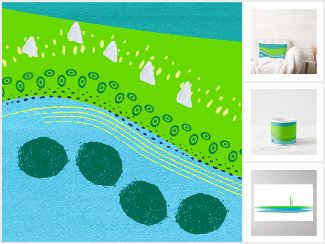Grammar books generally agree, there are four Aspects in English, the Simple, the Progressive (or Continuous), the Perfect, and the Perfect Progressive (or Perfect Continuous).
Except the label, there is no difference between the Continuous or Progressive. We extracted general patterns for the Simple, Progressive, and Perfect in part 1 of the grammar journey (■SUBCHAPTER 3.1.).

Let us compare the Perfect Progressive, as online or in books, and find the Perfect Progressive pattern.

By the looks, the Perfect Progressive is a merger of the Perfect and the Progressive: to be takes the place for the head verb in the Perfect pattern.

Auxiliary HAVE always takes the third form: the Progressive BE becomes BEEN.
have been ∞ ING
Perfect Progressive:
I have been reading.
We have correlated the Simple, Progressive, and Perfect with cognitive mapping values, {ON}, {IN}, and {TO}, compare ■CHAPTER 4.
We can use the Perfect to say what has taken place TO a time.

We can use the Progressive to tell what is progressing IN a time span of focus.

The two together can help tell what has been progressing IN a span TO a time. What language marker (preposition) could we choose for our merged variable? We could think about “into”, to join the “in” and “to”.
However, “into” often means the same as “in” or “to” alone, dependent on the context. The westerly wind was frolicking into eddies, in exercise 44 (■SUBCHAPTER 7.1).
“Into” is only more formal or emphatic than “in” or “to” on their own.
Let us think about the preposition AT. Something has been progressing AT this time: the time is the grammatical PRESENT.
If our moment in time belongs with the FUTURE, we can say,
AT a time, something will have been progressing.
If the moment belongs with the PAST, we can say,
AT that time, something had been progressing.
ADVERTISEMENT
Spring Flowing Colors
Some grammar books may associate our variable {TO} with a label as the Perfect Simple, or give our variable {AT} another name, the Perfect Continuous.
Psycholinguistics says that naming processes do not change the ways language forms can work for brains. Book authors are people, and people happen to differ in approaches. Regardless of grammar labels, we can merge our Progressive and Perfect cues, to symbolize the Perfect Progressive as the target Aspect in a field of time.

All Perfect tenses have their time frame open: they connote simultaneous reference in time.
The PRESENT Perfect Simple can embrace some time with reference TO the PRESENT.
17. Madame Règle has lived in Paris for fifteen years.
The open frame here looks TO the PRESENT, regarding a time fifteen years ago, when she moved to Paris.

PAST Perfect tenses can refer one time in the PAST — TO another time in the PAST.
17a. Before moving to Paris, Madame Règle had lived and worked in Lyon, the silk capital of France, for five years.
The open time frame looks TO the PAST, regarding a time five years before.

The FUTURE Perfect Simple may look to a time span from a PRESENT time TO the FUTURE. Our basic or nodal time reference is the PRESENT, but we can think about the PAST as well.
17b. Tomorrow, Madame Règle will have lived and worked in France for twenty years.
(Altogether, in France, she has lived in Lyon and Paris.)


Let us compare the variable {ON}; it makes a singular reference to time and the time frame is closed:
Madame Règle is an avid reader. She never really reads one book only. She usually has a small book with her, tied to her bag with a colorful scarf. She says that being able to look at a book makes matters more present to the mind. At the same time, there is always another, bigger book that she reads at home: the reference for time is singular, a closed frame and cognitive variable {ON}.
All Perfect tenses make a dual time reference and their time frame is open. With the Perfect Progressive, the particle I N G can highlight a process, its time span or dynamism.
17c. Madame Règle has read a book about a French thinker, René Descartes.
She has finished, variable {TO}.
17d. She has been reading a series of philosophical commentary books.
Her reading is still in progress, she has not finished yet, variable {AT}.

Matters may never be what they seem, but they are what they look: the Perfect Progressive does merge the Perfect and the Progressive.
Let us do some more thinking about the variable {ON}. Could we have it for our basic cognitive reference? Feel welcome to further journey.
■8.1. EARTHLING BASIC COGNITIVE VARIABLE
■This text is also available in Polish.
ADVERTISEMENT
Book format in preparation.
In the first part of the language journey, feel welcome to consider a picture for
■ the grammatical Past, Present, and Future;
■ the Simple, Progressive, and Perfect;
■ infinitive, auxiliary, and head verb forms;
■ the Affirmative, Interrogative, Negative, and Negative Interrogative;
■ irregular verbs and vowel patterns: high and low, back and front.
Third edition, 2025.



The world may never have seen her original handwriting, if her skill was taken for supernatural. Feel welcome to Poems by Emily Dickinson prepared for print by Teresa Pelka: thematic stanzas, notes on the Greek and Latin inspiration, the correlative with Webster 1828, and the Aristotelian motif, Things perpetual — these are not in time, but in eternity.
■Free access, Internet Archive
■E-pub | NOOK Book | Kindle
■Hard cover, Barnes & Noble | Lulu

Psycholinguistics
Linguistics
& Translation
Knowledge gains with good translation
■Public Domain
Translation. com
American English & Polish

Internet Archive,
the free text and image repository
■Feel welcome to use my free materials■
The posters are available to shop online as well.






